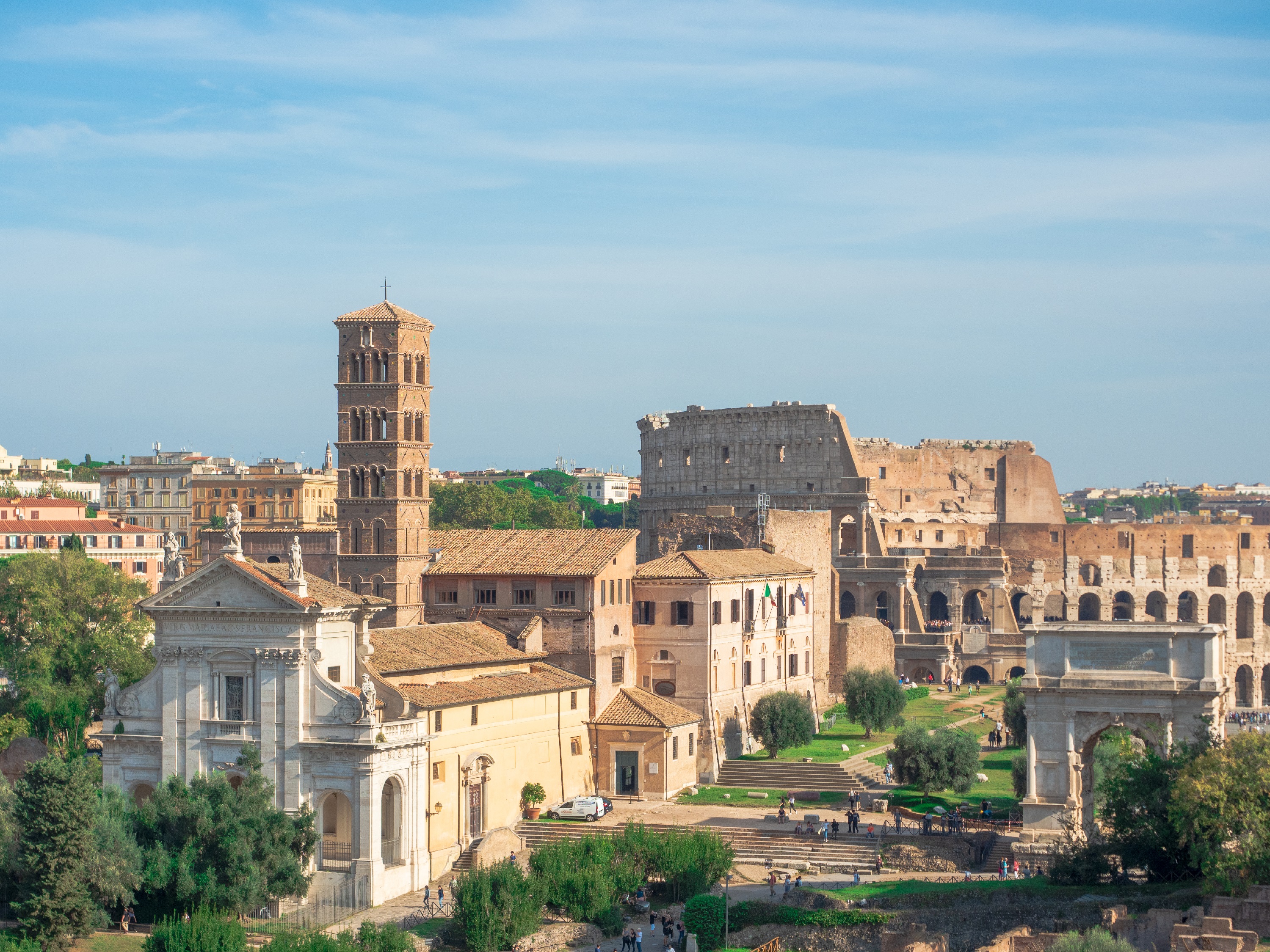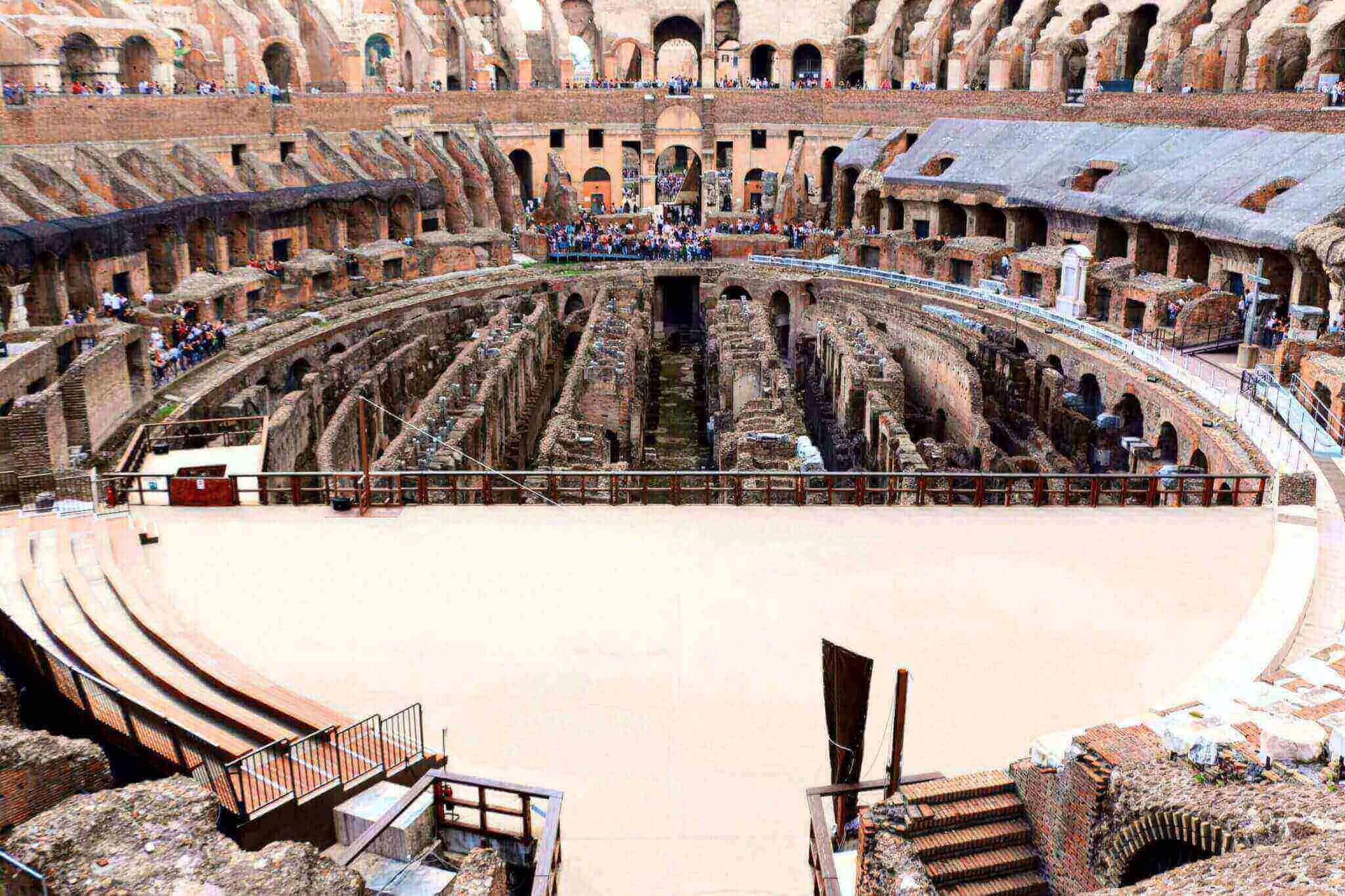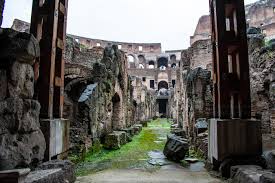
Tickets to the Colosseum, Forum and Palatine Explained
As new areas have opened up at the colosseum and both the Roman Forum and Palatine hill, the many different tickets and sites can be somewhat confusing. This guide gives the lowdown on the different areas covered by each ticket and what you have access to. (For more detailed information on each place including the highlights see our Visiting the Colosseum section).
Tickets to the colosseum have timed entrance, you cannot enter the monument before your allotted time, and have only 15 minutes leeway. We recommend you arrive fifteen minutes early. All tickets to the Colosseum include access to the Roman Forum and Palatine Hill, the duration of your ticket depends on the option you choose.
Colosseum Ordinary ticket
This is the standard ticket which allows one access to the Colosseum, Roman Forum and Palatine Hill for 24 hours.
You can visit both levels of the colosseum. On the ground floor explore the corridors where spectators would have entered and can see onto the arena. The second floor has a permanent exhibition with finds including animal bones, food consumed by the spectators and gladiator graffiti. Don’t miss the huge wooden model of the building which gives an idea of how it would have looked in ancient times. From this level you can enter the inner ring which gives a wonderful view over the arena.
The Roman Forum and Palatine Hill are also included in the ticket, once inside you can take as much time as you need – remember your ticket is valid for 24 hours; if you want to you can visit the colosseum one day in the afternoon and the Forum and Palatine in the morning or vice versa.
** If you don’t have much time on your hands and you want to explore the Colosseum, Forum and Palatine in one day then this ticket for you (unless you have special interests)
Full Experience tickets
There are two types of Full Experience tickets that allow access to everything above and special access to either the Arena or the Underground. The Roman Forum and Palatine Hill are also included along with special access to eight extra ‘SUPER’ monuments. Both of these tickets are valid for two days.
**If you have a passion for all things Roman history and archaeology – these are simply not to be missed!
Full Experience with Arena
With this ticket you can walk onto the reconstructed arena where you get a closer look at the underground or ‘backstage’ of the stadium. Standing on the arena gives an idea of the true immensity of the building and the viewpoint of the gladiators as looking up at the hordes of screaming spectators.

Full Experience with Underground
With this ticket you descend under the arena into the underground or backstage area. You pass through corridors that lead underneath the reconstructed arena, from here you get a closer look at the tunnels where a system of ramps, elevators and pulleys brought animals and men up to the arena. At the edge of the area get a close-up of a reconstructed hand operated lift which was installed in 2015. This backstage area would have been hell for the hundreds of men scurrying around loading animals into cages to produce the spectacles that played out above.
Roman Forum and Palatine Hill – SUPER sites
Aside from the extra option inside the colosseum, the Full Experience tickets allow access to eight restricted sites previously only available on special occasions. Projections, lightmapping, Virtual Reality and narration have been installed to enrich your visit; including two newly opened areas never seen before!
At these SUPER sites you will find Roman, Byzantine and Medieval frescoes, discover the architecture of the Roman Domus and Imperial palaces and see the numerous sculptures and decoration that adorned public, private and religious buildings. These special sites have restricted numbers for entry due to space constrictions – they cannot accommodate large groups of people, so you may have to wait. Be sure to check the opening times for each of these SUPER sites as many of them are only available for viewing at the weekends or in the morning.
The Cryptoporticus of Nero is part of the Domus Tiberiana dating from Nero’s reign, the underground corridor of 130 metres is illuminated by small windows, decorated with cupids and garlands also has mosaic floors.
The Palatine Museum which was built to house the finds during the Palatine excavations. The ground floor preserves the original structures of the pre-existing domus, and narrates the history of the hill from the origins of Rome until the beginnings of Empire. The first floor has beautiful sculpture, finds from the age of Augustus and the mosaics and original frescoes from the Nero’s Domus Transitoria.
The House of Augustus is The remains of a wealthy Domus with many phases of life until the Flavian era. It has mosaic floors and refined fresco decoration; a rare example of the Roman 2nd style of painting.
The House of Livia is a rich private domus from the 1st century BC. Its name derives from an engraved lead pipe visible in the tablinum (reception room). The mosaic flooring and painted walls date to around 30 BC, and are among the most important examples of the 2nd style in Rome.
The Domus Transitoria, which opened for the first-time last year, is a section of the first palace of the emperor Nero which burned down during the great Fire of 64 AD. Once you descend by the side of the Palatine Museum, there is a nymphaeum and waterworks and a dining room surrounded by porphyry columns and coloured marble pilasters. The floors are still partially covered with coloured marble and the ceilings are decorated with painted stucco in an excellent state of preservation.
The Aula Isiaca is an apsed chamber richly frescoed with paintings dating from around 30 BCE. It is named after Isis because of the numerous references to Egypt and the goddess Isis, such as lotus flowers, snakes, ritual vases and garlands of roses.
The Loggia Mattei is all that remains of a Renaissance villa built by the Stati family frescoed in the 1520s by the workshop of Baldassarre Peruzzi. The frescoes on the walls were removed and moved to the Hermitage Museum and the Metropolitan Museum of Art in New York. A loan agreement in the 1990s has allowed them to be reinserted in the original site.
The so-called Temple of Romulus is named after the son of the emperor Maxentius who died aged 4 in 309AD. Later converted into a church, the circular chamber has several cycles of wall decoration dating from the 13th century attributed to Jacopo Torriti.
Santa Maria Antiqua and the Oratory of the 40 Martyrs is the remains of a hall attached to Domitian’s ramp up to his palace. The building was in use as a church for only three hundred years or so, but is one of the few places in Rome where we can see Byzantine art dating back to the 560s AD. Both areas are richly decorated with marble and mosaic pavement and extraordinary early-Christian paintings.
